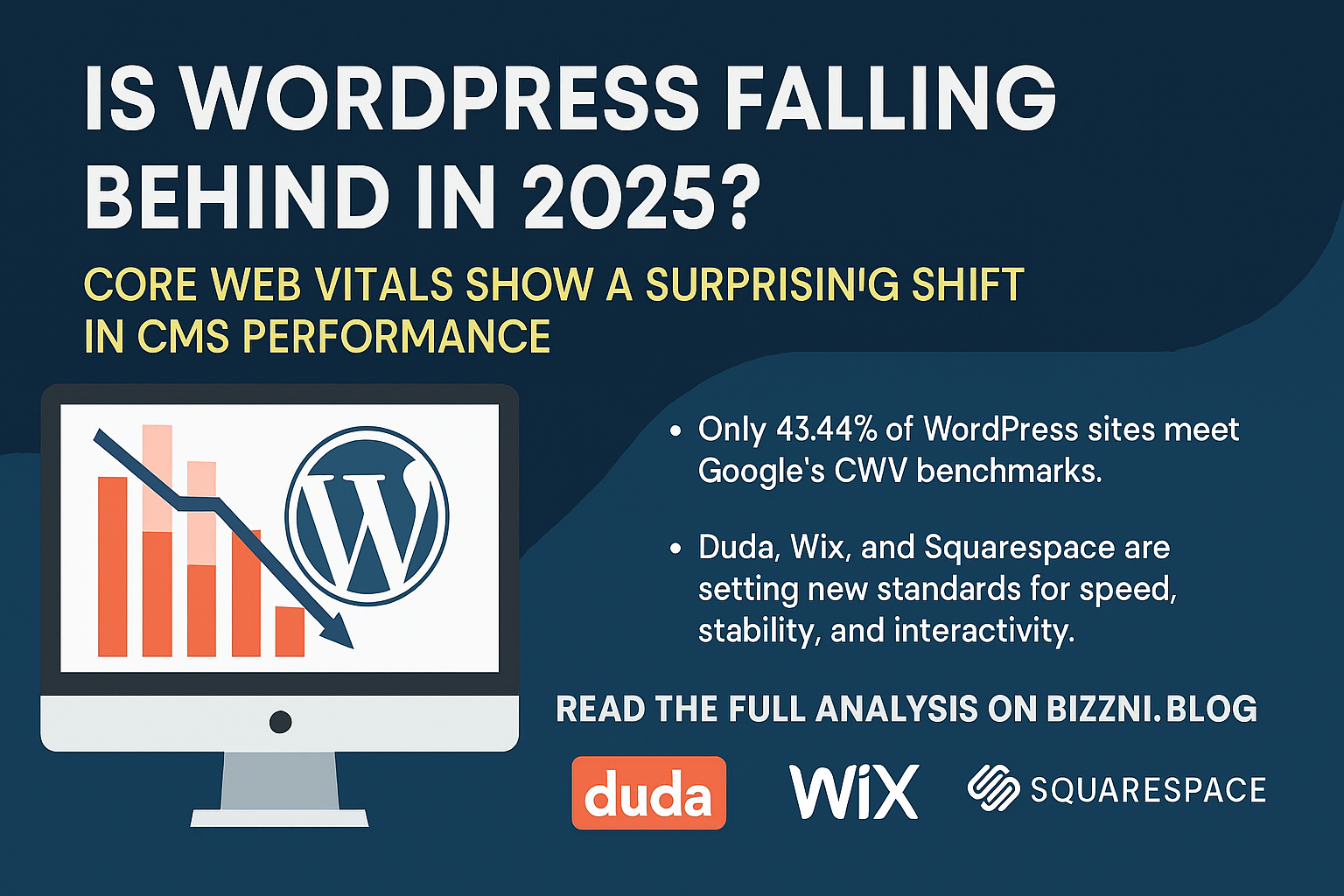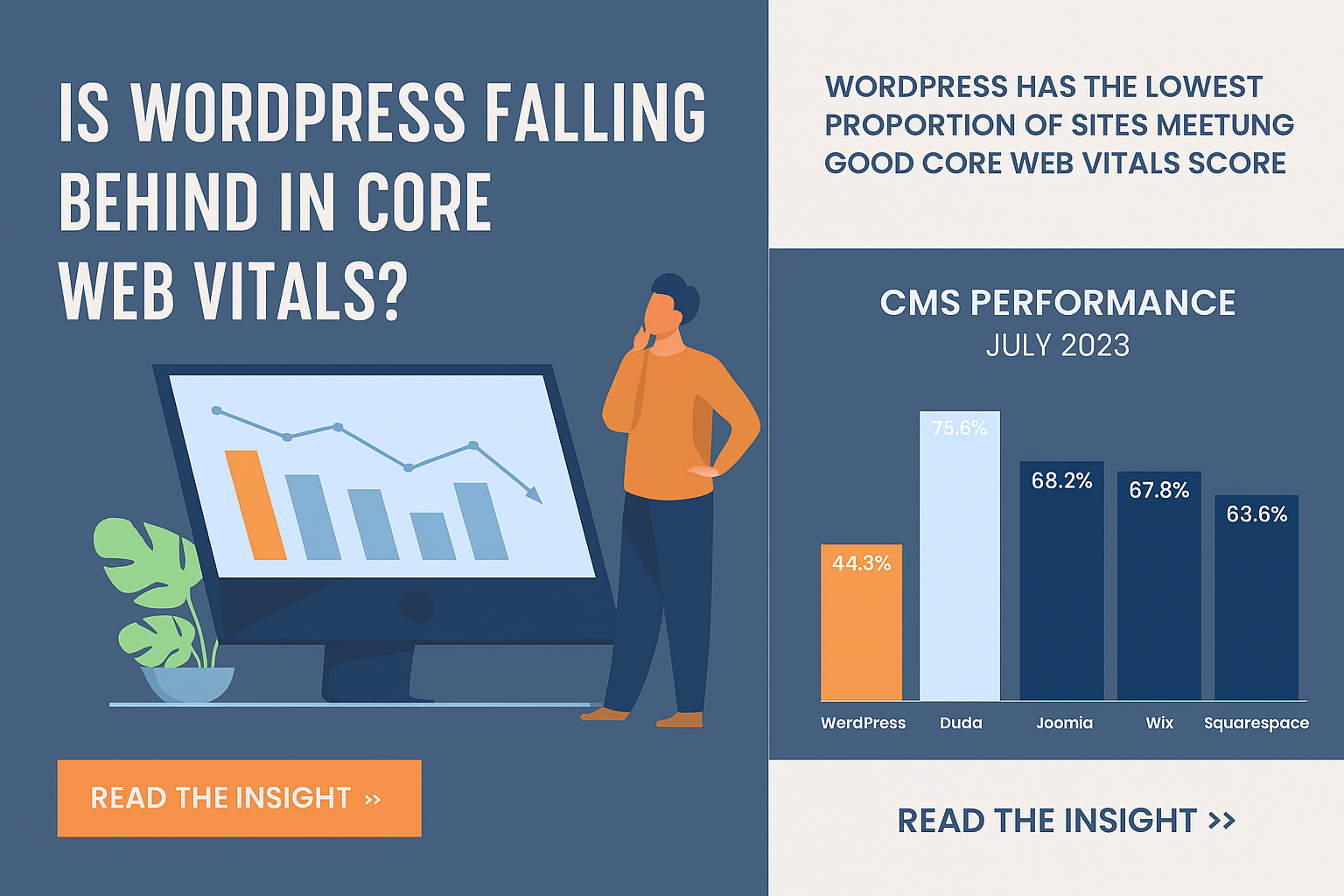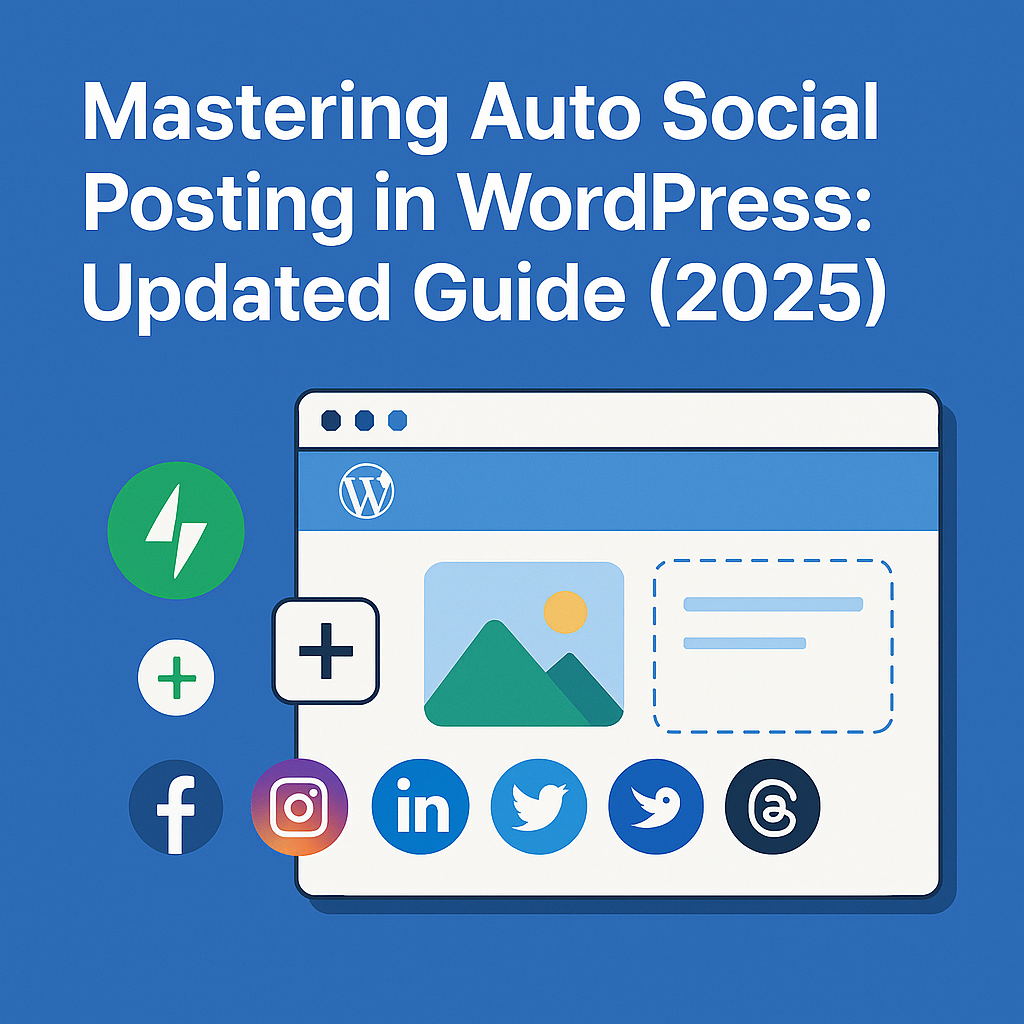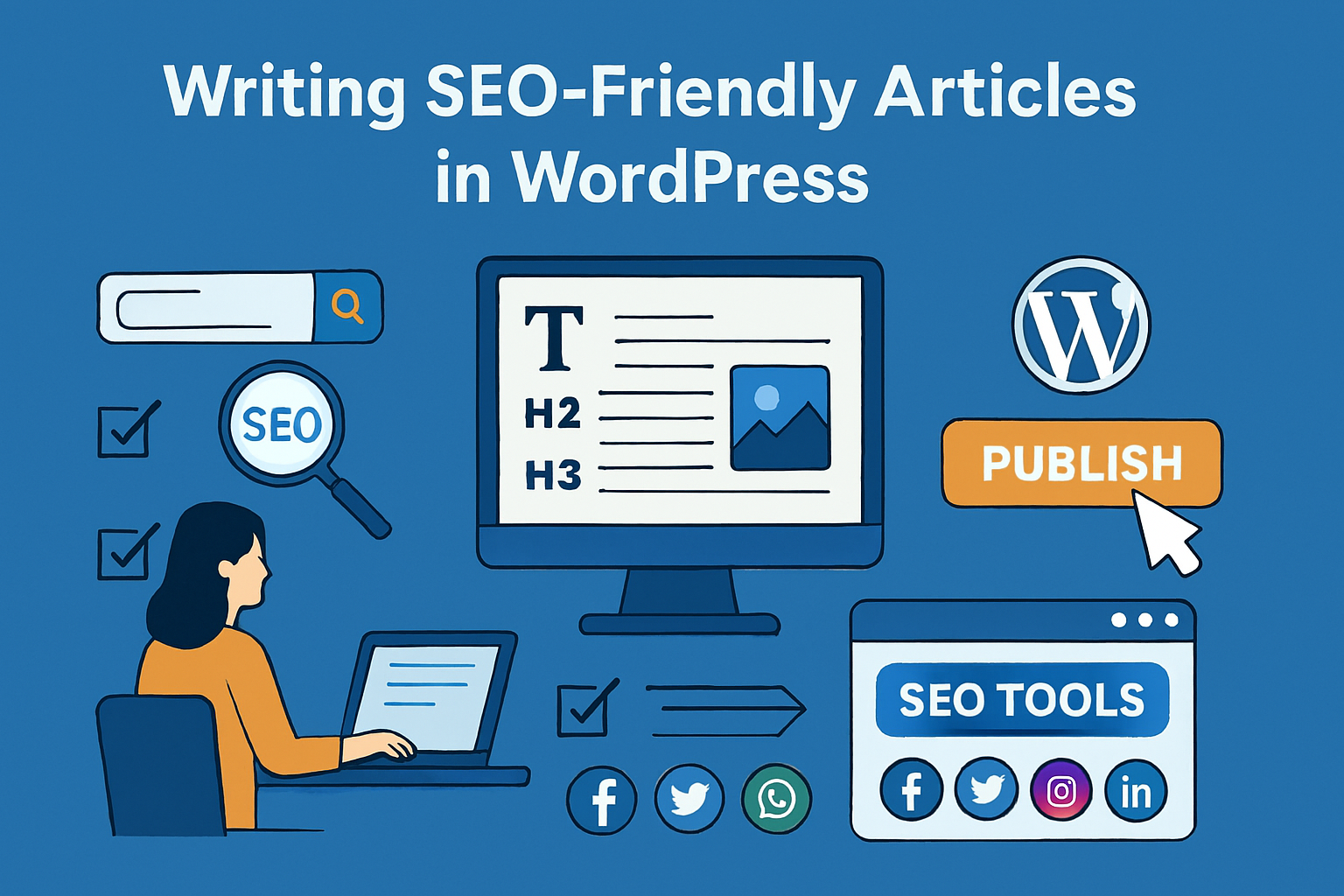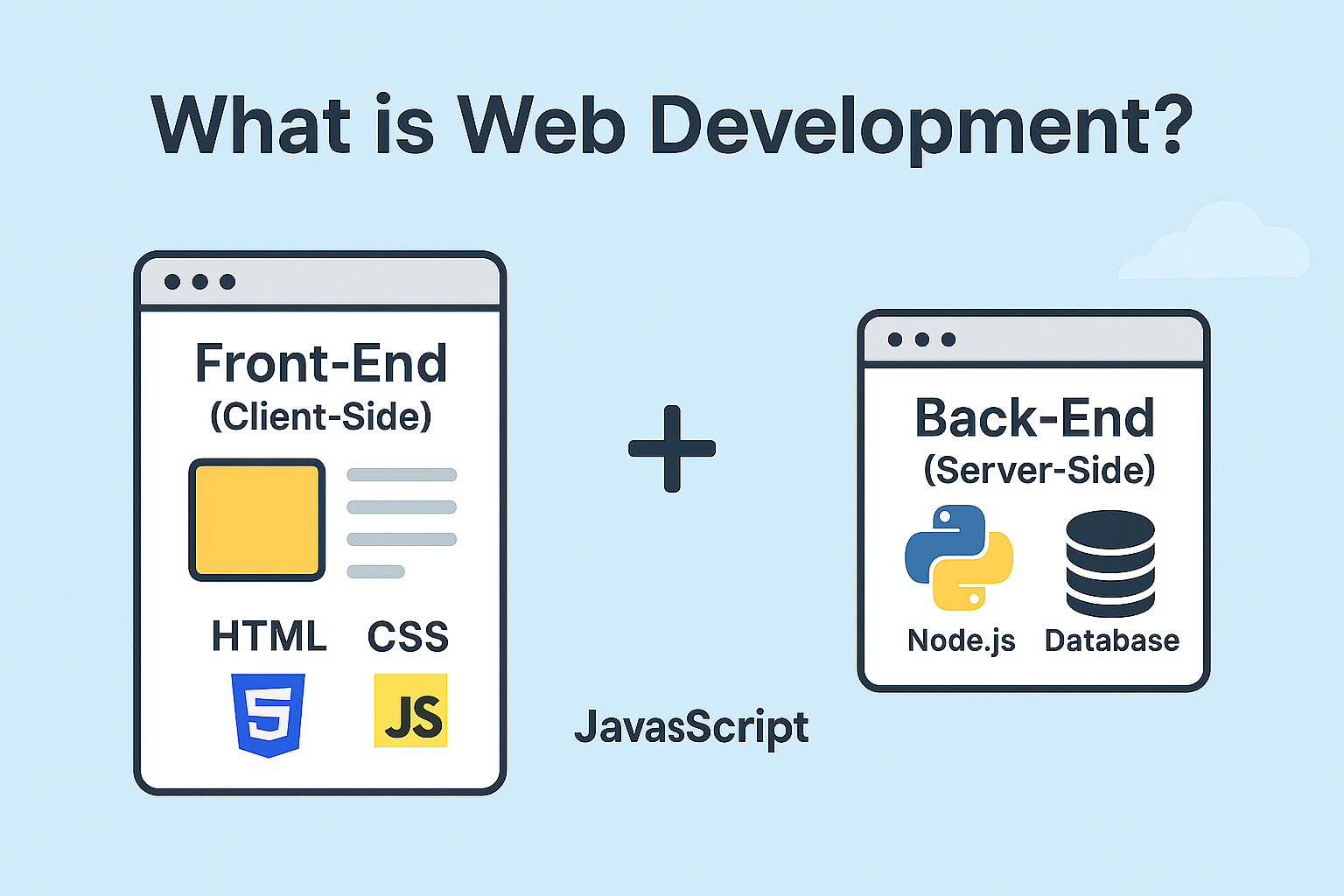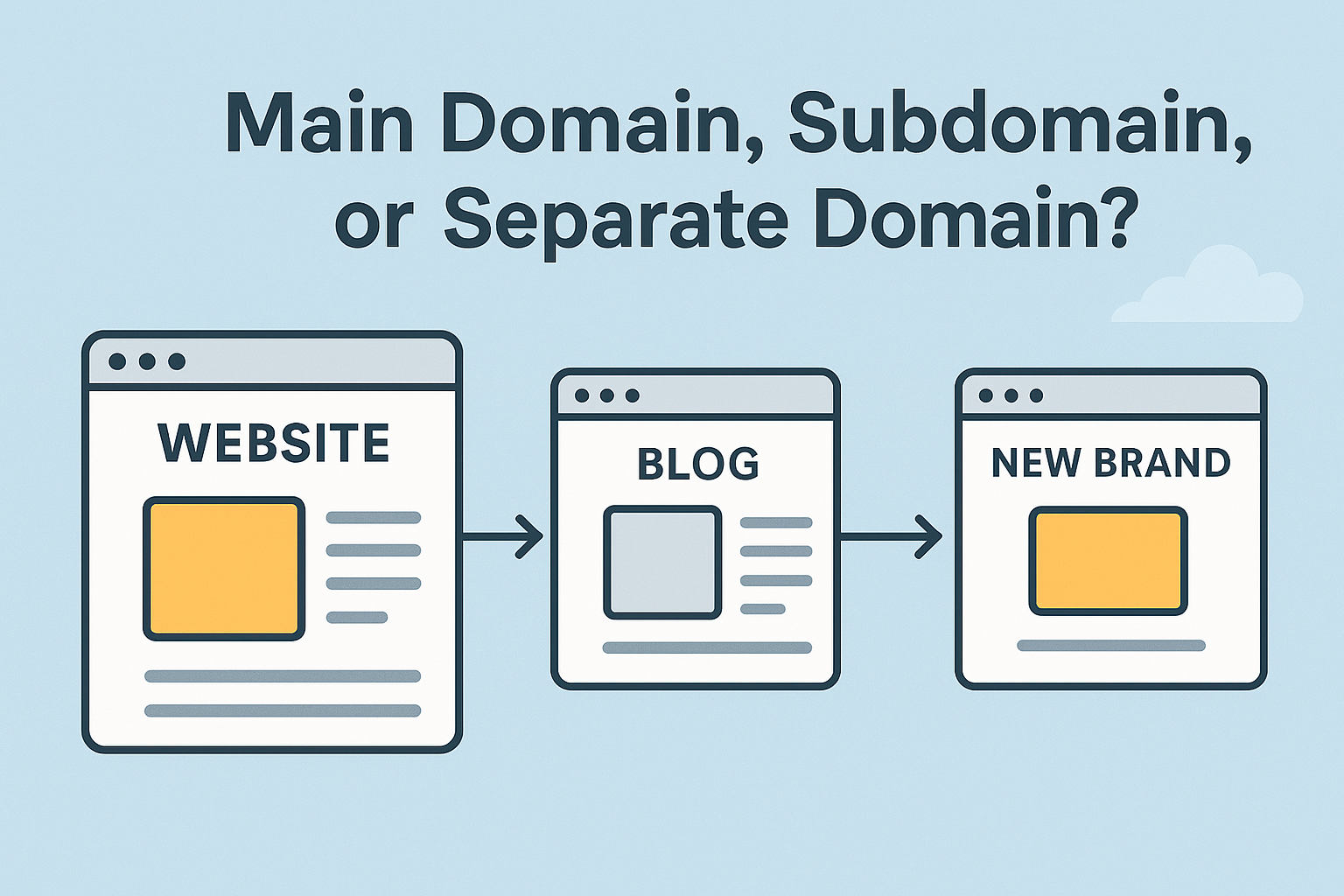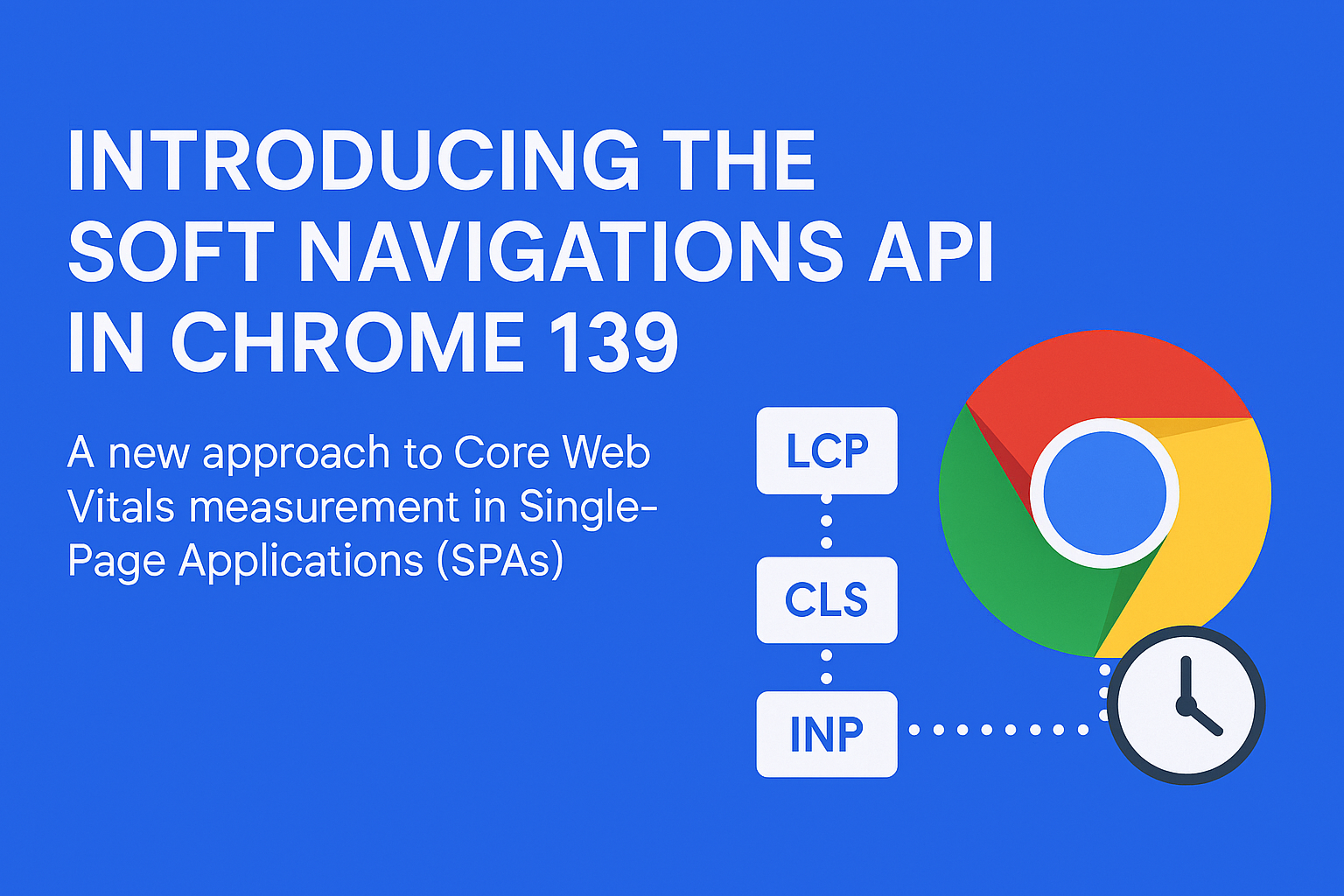
Introduction
Google Analytics is a free yet powerful analytics tool by Google that tracks and reports website traffic, user behavior, and key performance indicators like bounce rate, session duration, visitor count, and demographics. It integrates seamlessly with platforms like Google Ads and social networks—making it invaluable for SEO, content optimization, and marketing strategies.
What is Google Analytics?
At its core, Google Analytics provides insights into:
- Pageviews, sessions, and user demographics
- Device types, referral sources, and user locations
- Real-time and historical data access
Originally launched after Google acquired Urchin, Google Analytics was made free, revolutionizing site analytics for webmasters.
Evolution: From Universal Analytics to GA4
Universal Analytics (UA), the older version, was session-based, focusing on web-only data. As of July 1, 2023, UA stopped processing new data—Google Analytics 4 (GA4) took over as the default platform.
GA4 Highlights:
- Event-based tracking (everything is an event—clicks, page scrolls, conversions)
- Unified tracking across websites and apps in one property
- Enhanced privacy features, predictive metrics, and integration with tools like BigQuery
- Better suited for modern multi-platform analytics needs
Why Use Google Analytics?
- It’s Free: Accessible to businesses of all sizes without cost.
- Comprehensive Insight Suite: From demographics and behavior to conversions and campaign ROI.
- Highly Customizable: You can set custom events, dashboards, and measurement strategies tailored to your needs.
- Cross-Platform Tracking: GA4 bridges website and app analytics into a unified view.
- Seamless Integrations: Works well with Google Ads, Search Console, and Looker Studio for data visualization.
How It Works: Core Concepts
- Tracking Setup: GA adds a JavaScript snippet or integrates via Tag Manager to your site, placing cookies to monitor behavior.
- Event-Based Model: GA4 replaces UA’s session model with an event-driven model, where every interaction (scroll, click, purchase) is tracked as an “event”.
- User Metrics Breakdown:
- Total Users: Unique users engaging with your site/app during a timeframe
- Active Users: Users who had engaged sessions (e.g., 10+ seconds duration, conversions)
- New Users: First-time visitors generating first_visit or first_open events
- Returning Users: Users with existing GA cookies who revisit within the timeframe
Note: In GA4, a user might appear as both new and returning depending on the date range due to how cookies and reporting structures work.
Getting Started: Setup Steps
- Create a GA4 Property in the Admin panel of Google Analytics.
- Configure a Data Stream—whether for a website or app.
- Install Tracking:
- Add measurement code directly or use Google Tag Manager.
- Enable Enhanced Measurement (auto-tracking for scrolls, videos, site search).
- Set Up Custom Events and conversions to track business goals (form fills, purchases).
- Test in DebugView and check real-time reports to confirm data flow.
Common Newbie Questions (FAQ)
- Is GA4 free? Yes, the standard version is completely free. Premium GA360 is also available for enterprise users.
- Should I still use UA? No, UA is discontinued; GA4 is now the standard and future-proof version.
- Why do numbers differ? Definitions of “new,” “active,” and “returning” users differ depending on date ranges and cookie states.
- Can I integrate with Looker or custom reports? Absolutely. Use Looker Studio for flexible visualization with GA data.
Final Thoughts
Google Analytics (especially GA4) is now an indispensable, free tool for capturing a full spectrum of user behavior across web and app platforms. Its shift to an event-driven model offers richer, customizable insights—perfect for data-driven growth in today’s landscape.

